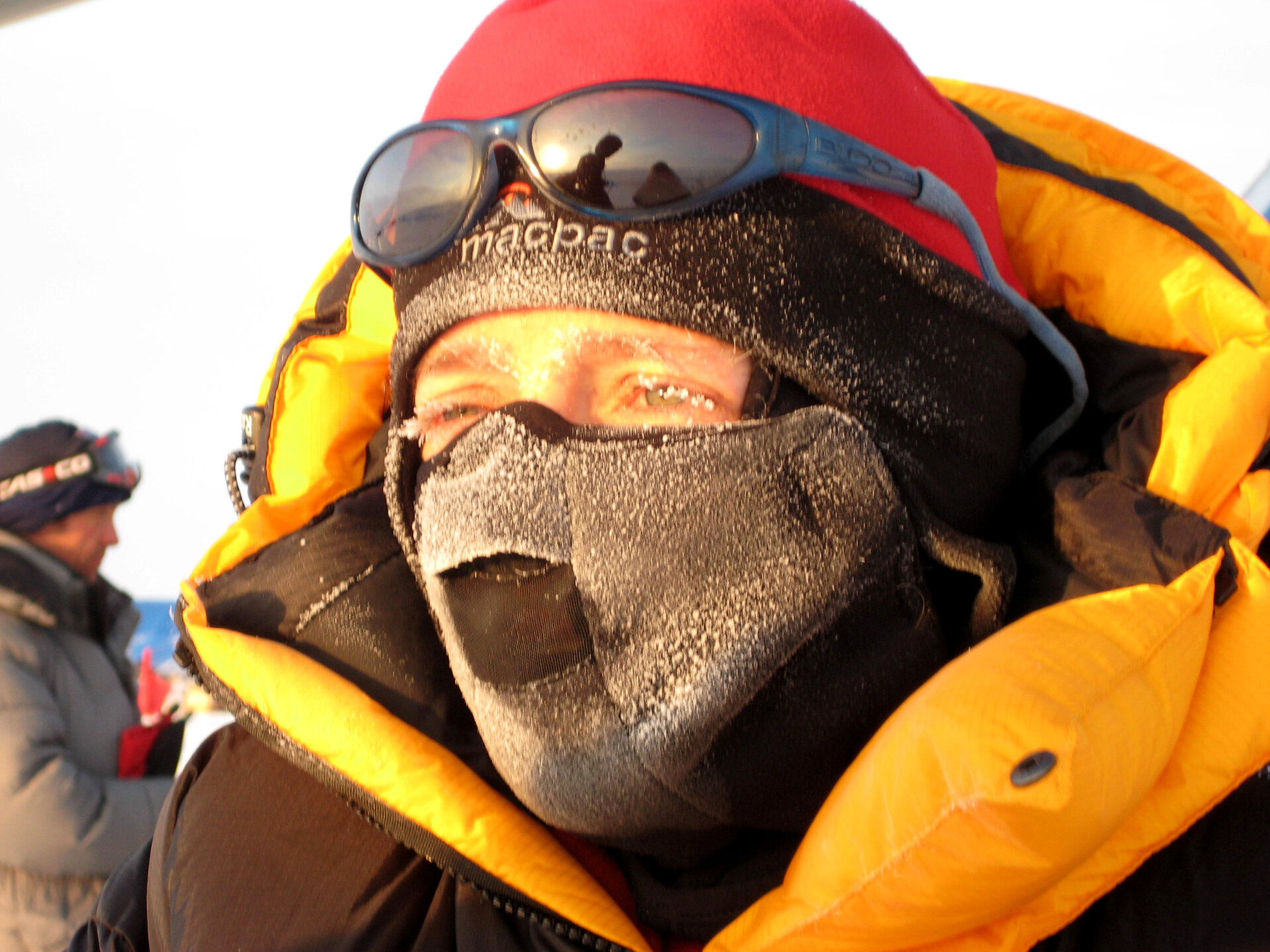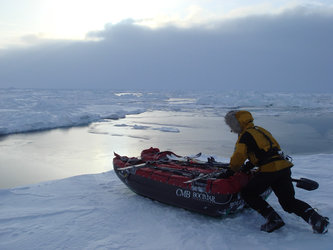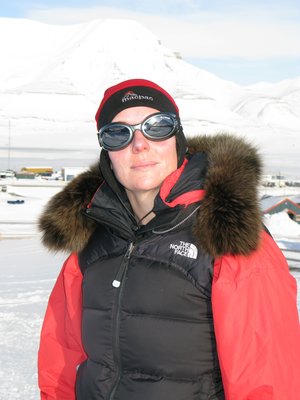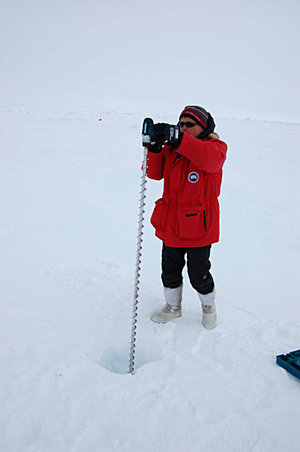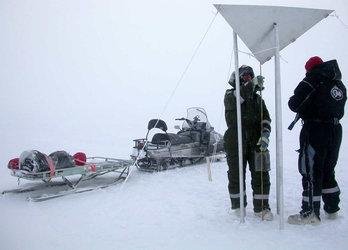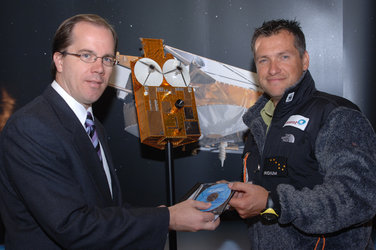Physicist delivers Arctic snow-depth data in support of CryoSat
For most of us, a holiday means taking it easy. Not so for physicist Leanne Guy whose ardent interest in science and passion for the polar environment means she sometimes 'holidays' in the icy reaches of the Arctic. On a recent occasion, her drive and enthusiasm have also been of benefit to ESA.
Leanne, a physicist working at the Geneva Observatory in Switzerland, has just delivered a valuable set of snow-depth measurements that she took whilst trekking across the Arctic sea-ice to the North Pole earlier this year. The dataset will make a unique contribution to the validation programme for ESA's ice mission CryoSat, which is due for launch towards the end of next year.

The main purpose of the CryoSat mission is to determine the rate at which floating sea-ice and ice sheets on land are thinning as a result of climate change. The objective to understand more about the cryosphere and how it fits into the Earth system has also previously inspired other polar explorers to contribute to the mission. However, earlier contributions have always come from professional polar explorers. Leanne, in contrast, is not a professional explorer since she normally spends her days working as a scientific software engineer on ESA's astrophysics mission Gaia.
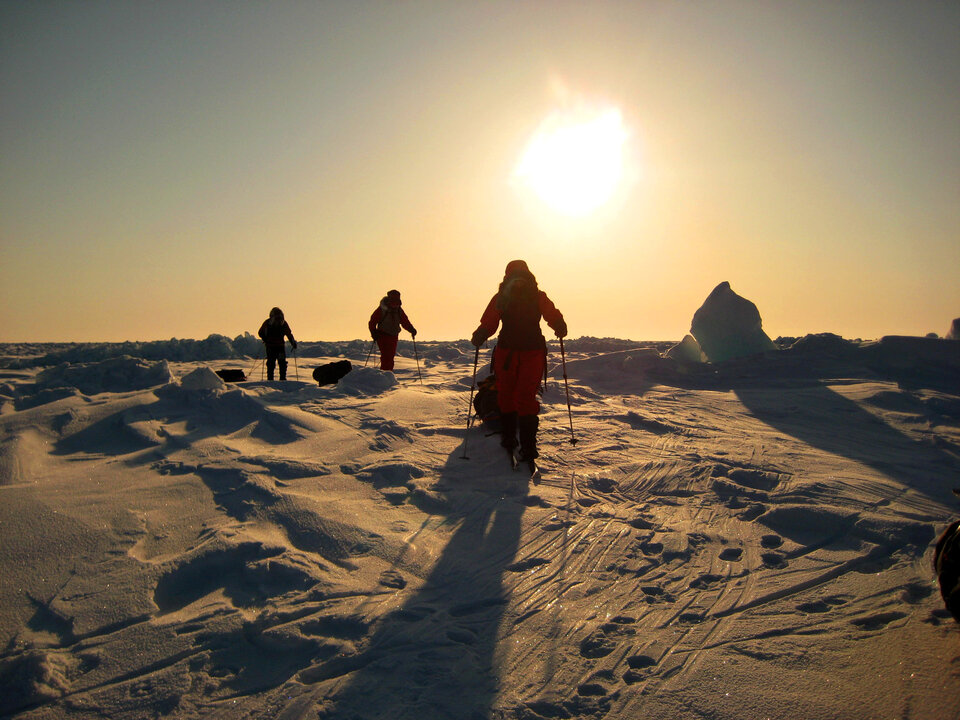
Professional explorer or not, Leanne was able to take numerous measurements every day during her recent expedition, which was led by adventurer David Hempleman-Adams who runs Cold Climate Expeditions. The team initially flew to the Russian Barneo ice base about 100 km from the North Pole, which because of the constant drift of the floating sea-ice, has to be rebuilt from scratch each year. From there, the team set out for the North Pole – although some days not making a lot of 'progress' in terms of kilometres as the ice was shifting south quite rapidly. Despite the cold, sometimes treacherously thin ice and shear slog, the 10-man team all reached the North Pole unharmed, thanks to the expert leadership of Hempleman-Adams.
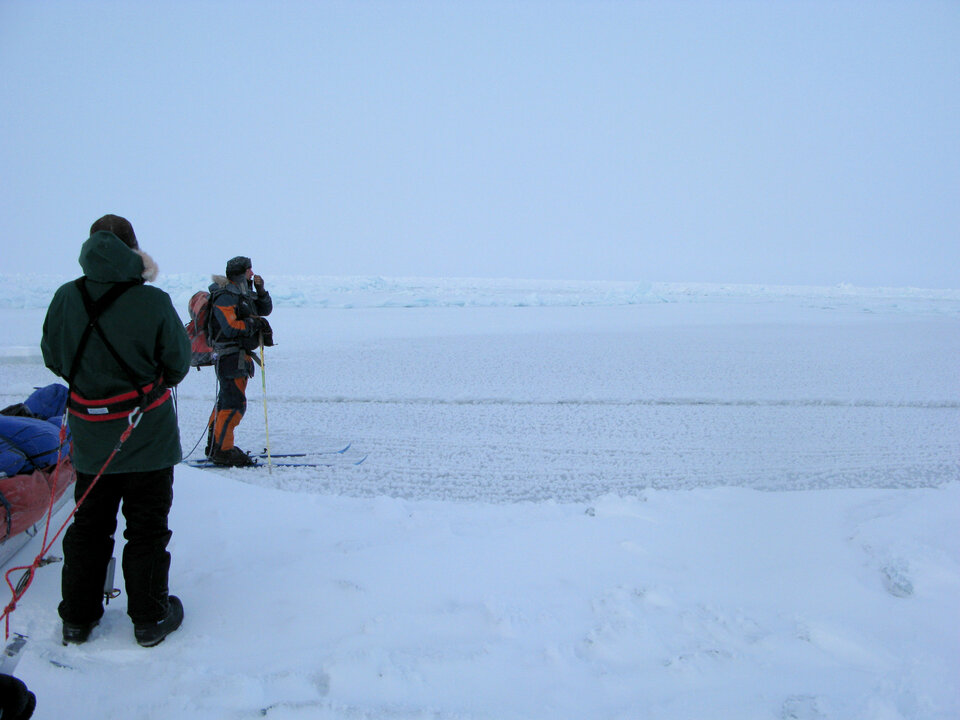
With the aid of a snow-depth probe that was developed by Alain Hubert from the International Polar Foundation and who has incidentally also recently provided data for CryoSat, Leanne took up to 50 readings a day. Leanne commented that, "I was really impressed with the design of Alain's probe, it made taking the measurements easy and fast." She went on to explain, "The procedure involved first picking out a 500-metre transect that included some interesting features such as pressure ridges where the ice had piled up. I was helped by John 'the Captain' Evernden who stood guard with a rifle just in case any polar bears decided to take an interest, fortunately none did. After taking an initial GPS reading, the Captain paced out 10 metres and I hammered the snow-depth probe into the snow until it reached the ice. The brilliant design of the probe allows you to read the measurement from the top – easy! And so we would continue along the 500-metre profile, taking a final GPS reading at the end."
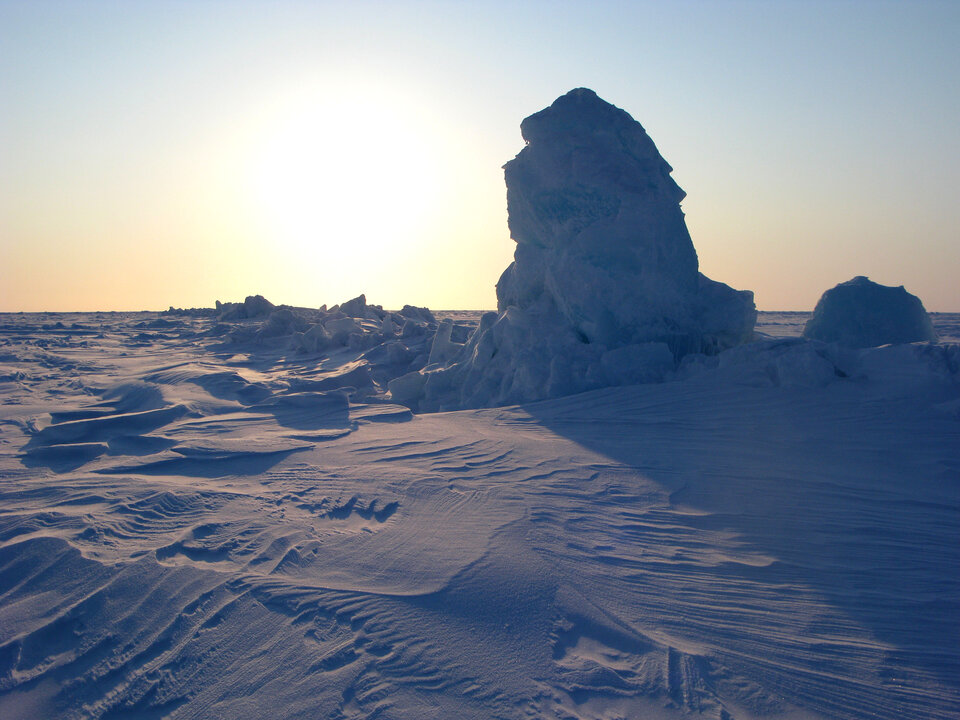
This dataset will be included in the overall validation programme for CryoSat. Validation is a crucial to the success of the mission since understanding the impact that overlying snow has on the measurements that CryoSat's altimeter will take is very important in order to realise the most accurate data possible.
“The snow depth information that Leanne has provided us is unique and timely” says Malcolm Davidson, CryoSat Validation Manager, “It will help us better model what the contribution of the snow weight and thickness on top of the sea-ice floes is to the satellite measurement, and ultimately lead to more accurate maps of ice thickness from space with CryoSat.”
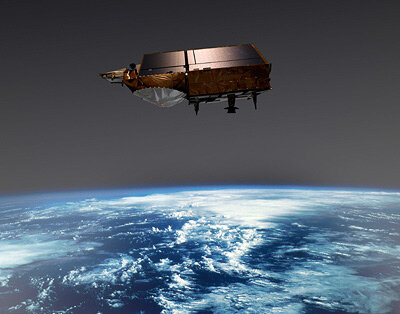
Although ESA has a dedicated CryoSat validation programme where many full-scale campaigns have taken place in the Arctic, contributions carried out (according to a protocol set out by ESA) by professional explorers and novices alike are more than welcome. As Leanne notes, "The polar environment is staggeringly beautiful but sadly it is under threat from climate change. ESA's CryoSat mission will help determine exactly how fast the ice is thinning and help provide the scientific evidence that will lead to a better understanding of the delicate interactions involved between ice and climate."


